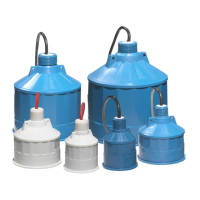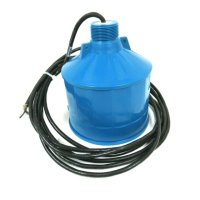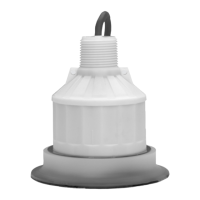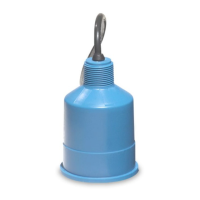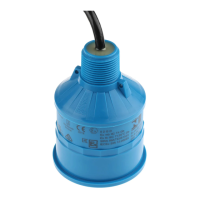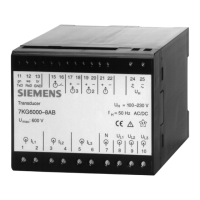A5E32725813 XPS 10/15 F Series Transducer Page 13
Applications
Standpipes
In many applications, access must be made via a standpipe. In such cases,
Siemens can provide factory bonded flanged transducers or a split flange kit
that will readily mate to the flanged standpipe. Another option is to hang the
transducer from a blind flange.
The standpipe length should be as short and the diameter as large as
possible. As a rule of thumb, the -3 dB cone of the sound beam should not
intersect the standpipe wall in applications opening into a vessel or larger
area. Otherwise, additional blanking will be required to compensate for the
interference zone created by the opening.
Note: When using a stilling well, make sure there is no build-up, welds,
couplings, or other debris on the inside of the well wall. This can affect
reliability of measurement.
no additional blankin
re
uired no additional blankin
re
uired
no additional blanking required near blanking extension of 150 mm (6”)
past end of standpipe may be required.
no
intersection
flanged
transducer
vessel
no
vessel
nipple
welded into
blind flange
transducer
sound beam
intersects
reflection at
interference
zone created
by opening
vessel
standpipe
end cut on a
45° angle
typically
transducer
nipple
welded into
blind flange
transducer
can read
level inside
or below
standpipe
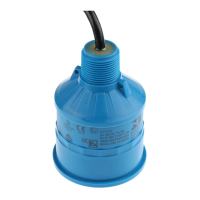
